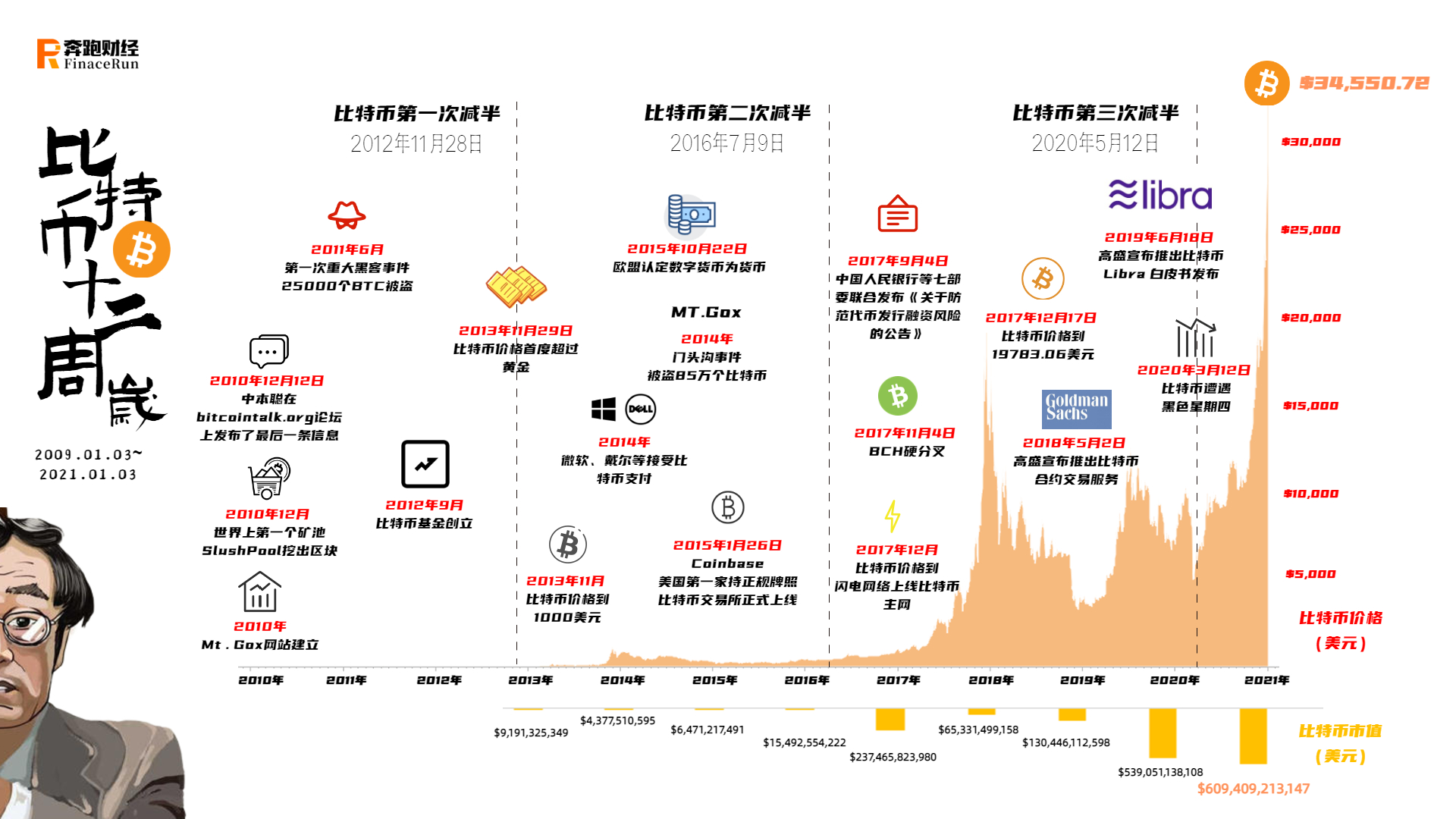
In just half a month, the price of Bitcoin broke through from more than 20,000 US dollars to 34,000, and the market sentiment was unprecedentedly high.
The total market value of Bitcoin ranks among the top ten in the world, ranking ninth, second only to Alibaba.
In the past 24 hours, the price of Bitcoin has ushered in a period of correction.
The price correction of Bitcoin caused a round of shocks in the mainstream currency market. Among the top 50 digital currencies, 38 digital currencies all fell, among which SUSHI fell the most, reaching 11.34%.
Won't.
Won't.
1. Institutional entry & market supply issues
Looking back at this round of skyrocketing prices, in the past 30 days, a total of 87,954 bitcoins were withdrawn from digital currency exchanges. Among them, Coinbase withdrew a total of 84,558 bitcoins within 30 days, OKEX 5,715, and Huobi 2,599.
On January 3, the outflow of Coinbase’s funds hit a record high, with more than 3.5K bitcoin outflows, and the flow of this part of bitcoin was speculated to be institutional buying.
At present, there are already 9 funds holding more than 23 billion bitcoins. Tuning coins has become the main investment strategy of major fund institutions.
On-chain data analyst and Glassnode CTO Rafael Schultze-Kraft said:
Liquidity is disappearing from cryptocurrency exchanges as institutional investors increasingly enter the market.
Bitcoins were withdrawn in large numbers from digital currency exchanges, mostly to addresses in escrow wallets. The bitcoins of bitcoin miners' addresses have also been growing. The decrease in supply in the Bitcoin market means that there will be larger supply and liquidity problems, which will inevitably push up the price of Bitcoin. However, the decrease in market supply will reduce market liquidity, which will lead to a tilt in the market supply and demand balance, and may face potential waterfall market risks in the future.
2. Continuous benefits
Although Ripple was sued by the SEC before, and later it was reported that the Tron Foundation was affected by US regulatory actions, digital currency regulation still ushers in relatively good news today. In an explanation letter published by the U.S. Office of the Comptroller of the Currency on January 5, it stated that the Federal Bank is allowed to use stablecoins for payments and other activities. For Bitcoin, there is no doubt that it has strengthened its "digital gold" throne. This wave of good news has also been called "a huge victory for the encryption industry and stablecoins."
The FINANCIAL TIMES Financial Times also published content on the front page of Bitcoin breaking through $30,000 on Monday, US time.
In 2017, Jamie Dimon, chairman and CEO of JPMorgan Chase, said that "bitcoin is worse than the tulip bubble". And today, Nikolaos Panigirtzoglou, who heads JPMorgan’s global market strategy, said:
Bitcoin's long-term price target will be above $146,000, and Bitcoin may take gold's market share in the future.
It is reported that on January 1, Bitcoin reached a record high against gold, surpassing its peak during the 2017 winter bull market.
Whether or not the price of Bitcoin will push to the $50,000-$100,000 consensus zone, as JPMorgan strategists predict, remains to be seen.